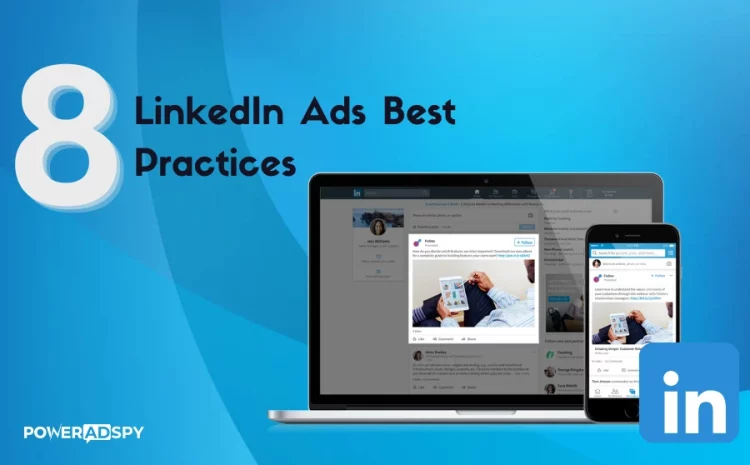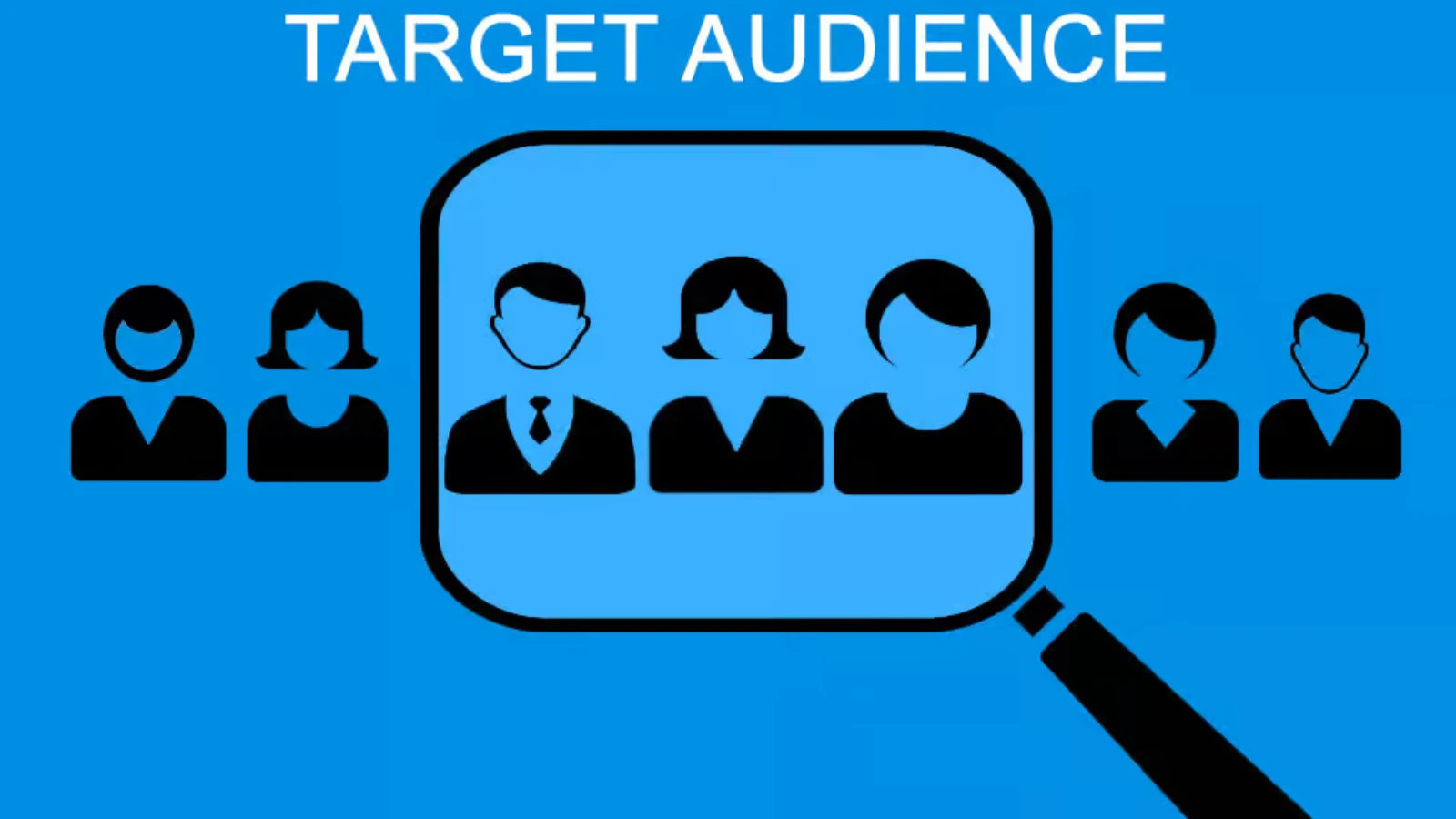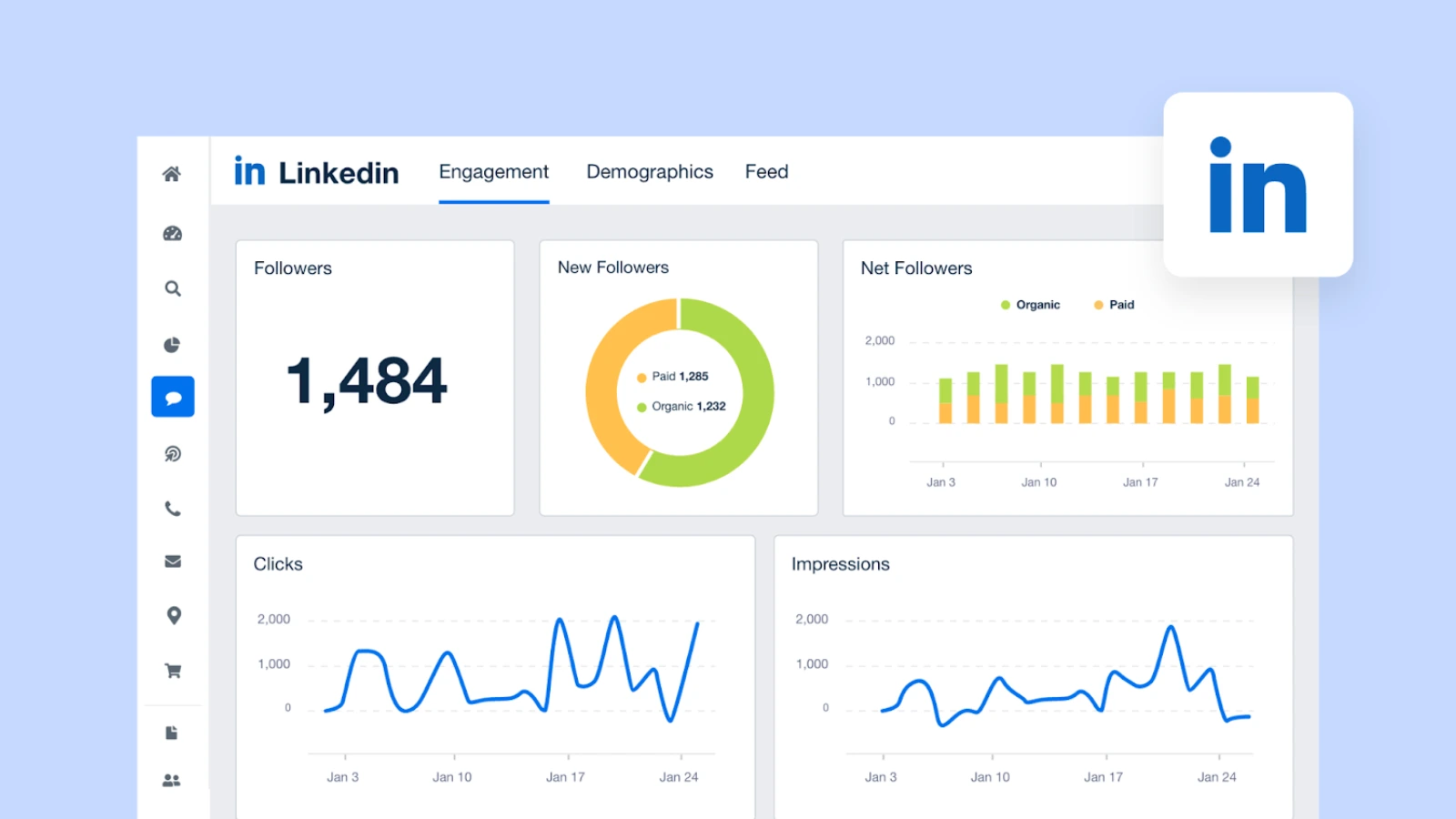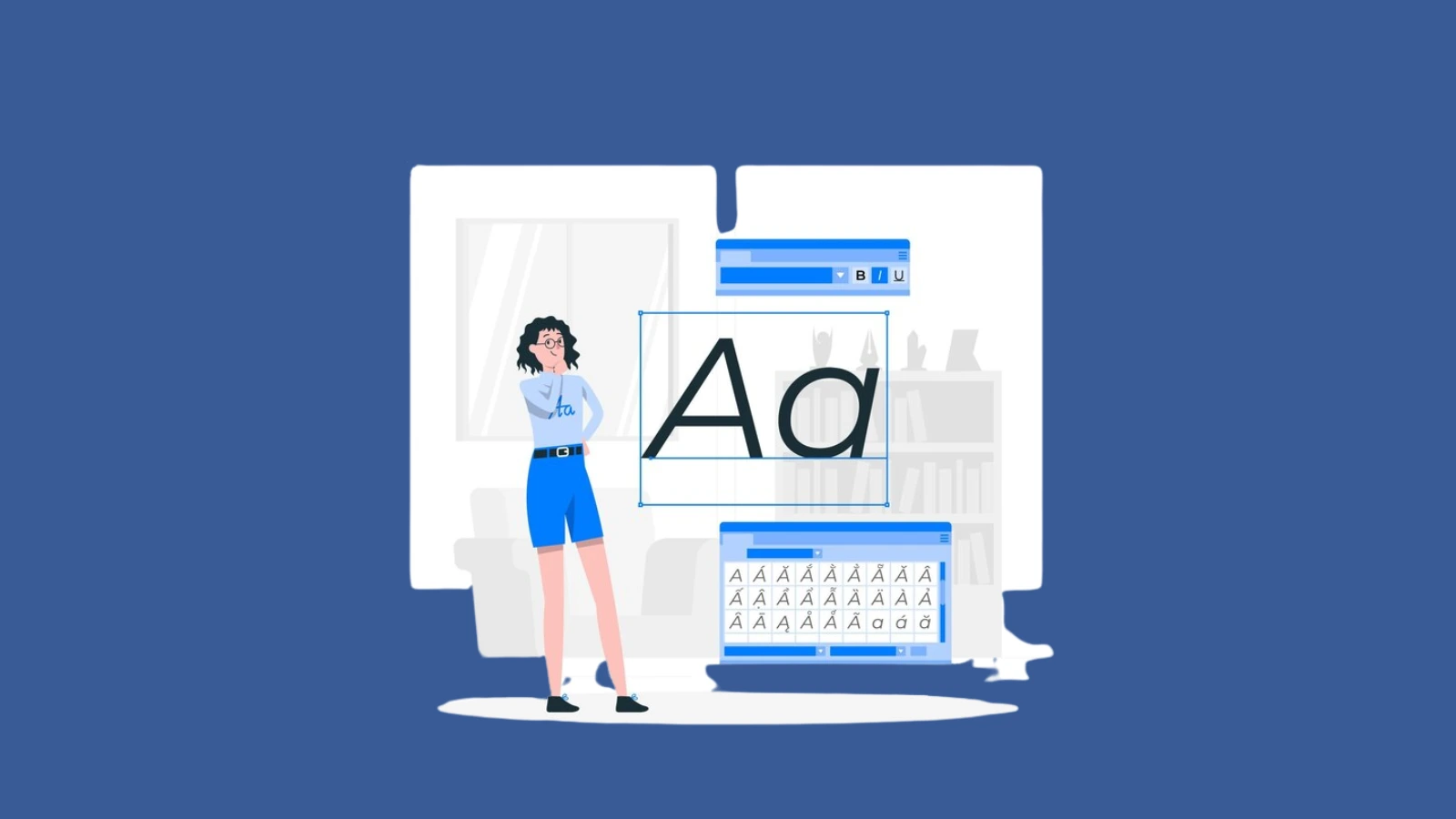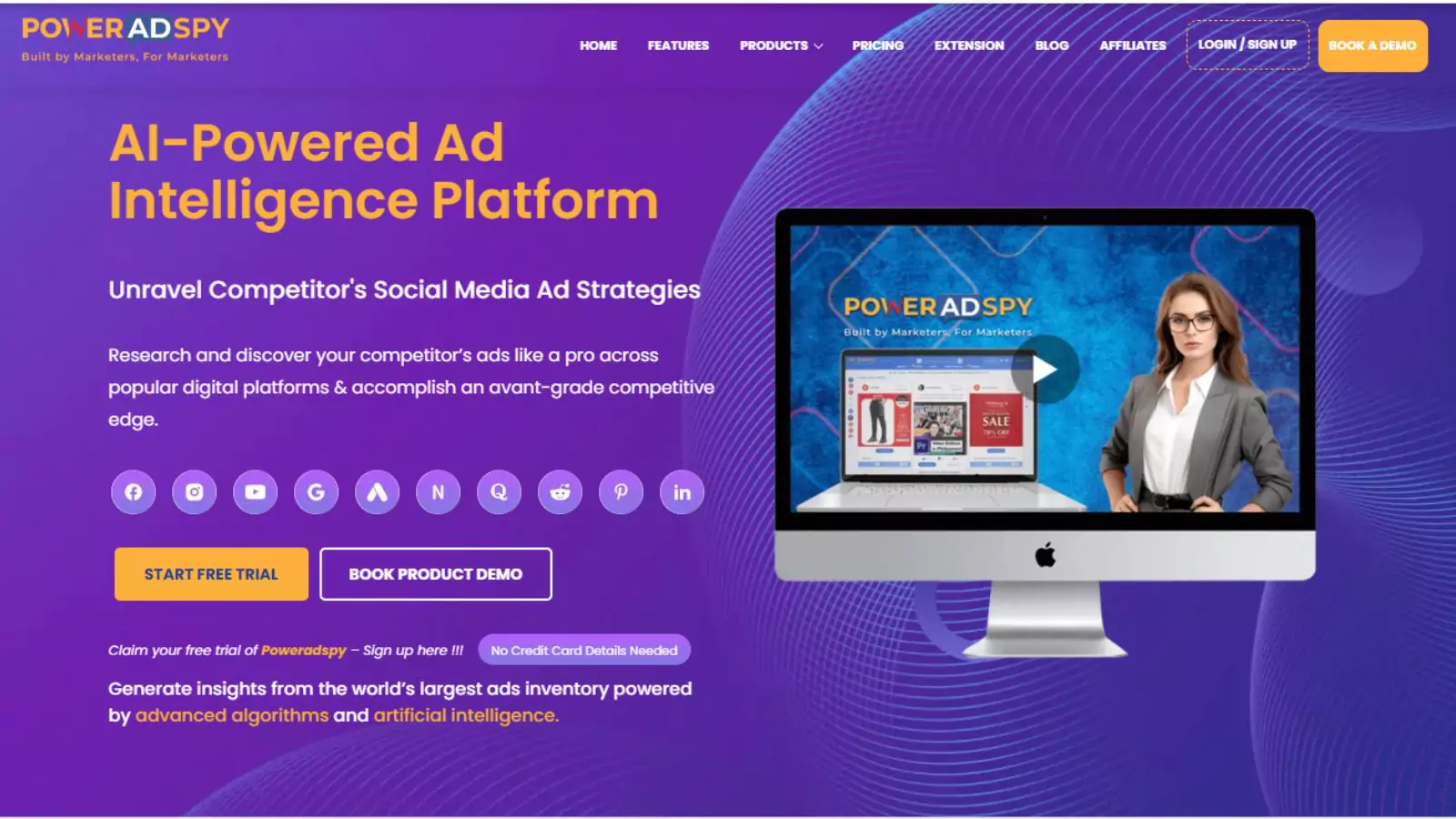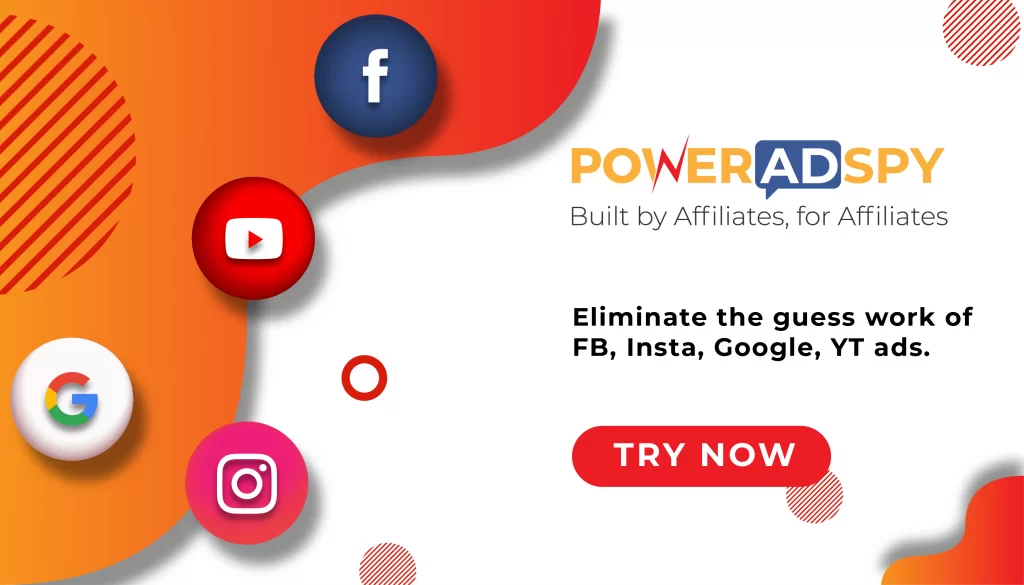Top 8 LinkedIn Ads Best Practices
LinkedIn has emerged as a powerhouse for B2B marketing, offering unparalleled access to professionals and decision-makers. With over 66.8 million users in the U.S. alone, LinkedIn provides a unique platform to connect with your target audience. However, running successful LinkedIn ads requires more than just setting up a campaign and hoping for the best. To truly excel, you need to follow LinkedIn ads best practices that ensure your ads resonate, engage, and convert.
In this guide, we’ll walk you through proven strategies to optimize your LinkedIn ads, from understanding your audience to crafting compelling ad copy and tracking performance. Whether new to LinkedIn ads or looking to refine your existing campaigns, these insights will help you achieve better results.
Why LinkedIn Ads Matter For B2B Marketing?
LinkedIn isn’t just another social media platform—it’s a network where businesses and professionals converge. Unlike other platforms, LinkedIn allows you to target users based on their job titles, industries, company sizes, and even specific skills. This level of precision makes it an ideal platform for B2B marketers aiming to reach decision-makers and influencers.
However, the effectiveness of LinkedIn ads depends on how well you execute your campaigns. By adhering to LinkedIn ads best practices, you can ensure your ads stand out, engage your audience, and drive meaningful results.
8 LinkedIn Ads Best Practices
Without further ado, let’s decode the top LinkedIn ads best practices:
1. Start With A Clear Understanding of Your Target Audience
Before diving into ad creation, it’s crucial to define your target audience. LinkedIn’s robust targeting options are only as effective as your understanding of who your ideal customer is.
Crafting a Buyer Persona
A buyer persona is a detailed profile representing your target audience, combining demographic data, behavioral patterns, and personal preferences. It helps you tailor your messaging and targeting to resonate with the right people. When creating a buyer persona for LinkedIn ads, consider the following LinkedIn ads best practices:
- Customer Background: What industry do they work in? What’s their job role?
- Demographics: Age, location, and education level.
- Goals and Challenges: What are their professional objectives, and what obstacles do they face?
- Solutions You Offer: How can your product or service address their pain points?
By understanding your audience’s needs and motivations, you can create ads that speak directly to them.
Segment Your Audience For Better Targeting
Once you’ve defined your buyer persona, the next step is to segment your audience. Segmentation allows you to tailor your ads to specific groups, increasing relevance and engagement.
How to Segment Your Audience
LinkedIn offers several ways to segment your audience. Here is how can segment the audience by these LinkedIn ads best practices:
- By Job Title: Target decision-makers like CEOs, managers, or specialists.
- By Industry: Focus on specific sectors such as healthcare, technology, or finance.
- By Company Size: Tailor your ads for small businesses or large enterprises.
- By Interests: Reach users based on their professional interests and the groups they follow.
Segmentation ensures your ads are relevant to each group, improving click-through rates and conversions. Next, let us explore more LinkedIn ads best practices
Study Your Competitors’ LinkedIn Ads Strategies
A highly effective way to improve your LinkedIn ads is by analyzing the strategies of your competitors. By studying their tactics, you can identify what works and apply those insights to your campaigns.
How to Spy on Competitors’ Ads by following these LinkedIn ads best practices:
- Follow Competitors: Start by following your competitors on LinkedIn.
- Analyze Their Ads: Navigate to their LinkedIn page and click on the “Posts” section. Look for sponsored content or ads they’re running.
- Take Notes: Observe their ad formats, messaging, and visuals. What CTAs are they using? How are they positioning their offers?
- Ad Spy Tool – Use ad spy tools like poweradspy to monitor your competitors’ LinkedIn ads.
By understanding your competitors’ LinkedIn ads strategies, you can identify gaps and opportunities in your campaigns.
3. Establish Clear KPIs For Your LinkedIn Ads
To measure the success of your LinkedIn ads, you need to define Key Performance Indicators (KPIs). These indicators allow you to monitor progress and make informed decisions based on data.
Essential KPIs for LinkedIn Ads
- Engagement Rates: Measure how well your ads resonate with your audience.
- Click-Through Rates (CTR): Monitor Click-Through Rates (CTR): Measure the proportion of users who engage with your ads by clicking on them.
- Conversion Rates: Monitor how many users take the desired action, such as filling out a form or making a purchase.
- Cost Per Conversion (CPC): Determine the cost of acquiring a customer.
By tracking these metrics, you can identify areas for improvement and optimize your campaigns for better results.
4. Choose The Right Ad Format For Your Goals
LinkedIn offers a variety of ad formats, each suited for different objectives. Choosing the right format is essential for maximizing your ad’s effectiveness.
Sponsored Content Ads
Sponsored content ads appear directly in users’ feeds, making them highly visible. They’re ideal for driving engagement and brand awareness.
- Single Image Ads: Use a single compelling image to capture attention.
- Carousel Ads: Showcase multiple products or offers in a swipeable format.
- Video Ads: Leverage video content to tell a story or demonstrate your product.
Text Ads
Despite their simpler appearance, Text Ads are particularly effective in budget-conscious campaigns and when you’re aiming for specific calls to action, such as increasing web traffic or promoting a special offer. Their cost-effectiveness makes them an excellent choice for businesses that need to maximize ad spend, especially for smaller organizations or those just starting with LinkedIn ads.
When choosing an ad format, consider your campaign goals and the preferences of your target audience.
5. Craft Compelling Ad Copy That Converts
Your ad copy is the backbone of your campaign. It’s what grabs attention, communicates your value proposition, and encourages users to take action.
LinkedIn Ads Best Practices for Copywriting
- Keep It Concise: Use straightforward and precise wording to communicate your message effectively.
- Highlight Benefits: Focus on how your product or service solves your audience’s problems.
- Include a Strong CTA: Use action-oriented language like “Download Now” or “Get Started.”
- Test Variations: Experiment with headlines and CTAs to see what resonates best.
Remember, your ad copy should align with your audience’s needs and preferences.
6. Use Eye-Catching Visuals to Stand Out
Eye-catching visuals are essential for grabbing attention and effectively delivering your message. High-quality, relevant images can significantly boost your ad’s performance.
LinkedIn Ads Best Practices For Creating Effective Visuals
Use High-Quality Images: Ensure your visuals are clear, professional, and relevant to your target audience. Avoid pixelated or generic stock photos—opt for original, high-resolution images that align with your brand’s message. High-quality visuals help establish credibility and attract more engagement.
Incorporate Branding: Use your brand colors, fonts, and logos consistently across your ads to create a recognizable identity. This not only reinforces brand awareness but also builds trust with your audience. Ensure your branding elements don’t overpower the main message but complement it for a cohesive look.
Add Text Overlays: Include short, impactful text to reinforce your message and guide viewers toward the desired action. Keep the text concise, readable, and strategically placed to avoid cluttering the image. Consider using bold, contrasting colors to make the text stand out while maintaining accessibility and readability.
Optimize for Size: LinkedIn recommends using images sized at 1200 x 627 pixels for sponsored content to ensure they display properly across all devices. You can also use an image extender to adjust or expand visuals without losing key elements or quality. This tool helps maintain the intended composition when resizing images for different ad formats or aspect ratios. Poorly sized visuals may appear cropped or distorted, leading to a less effective ad. Test different variations to see what works best for engagement and visibility.
By investing in compelling visuals, you can make your ads more engaging and memorable.
7. Leverage LinkedIn Ads Spy Tools For Insights
If you’re seeking to gain a competitive edge, consider using LinkedIn ads spy tools like PowerAdSpy. These tools allow you to analyze your competitors’ ads, uncover winning strategies, and identify trending ad formats.
Let us learn what PowerAdSpy is –
PowerAdSpy – Linkedin Ad Spy Tool
PowerAdSpy is the ultimate LinkedIn ad spy tool, helping you discover high-performing ad creatives, analyze competitor strategies, and optimize your campaigns for better engagement and conversions.
With access to millions of ads from 100+ countries, PowerAdSpy simplifies LinkedIn ad research, offering detailed insights into ad placements, audience engagement, and trending ad formats. Whether you’re running B2B campaigns or targeting niche audiences, here’s how PowerAdSpy helps you execute LinkedIn Ads Best Practices:
Key Features:
Segment Ads by Placement
Analyze LinkedIn ads by placement—News Feed or Side Panel—to determine which format delivers higher engagement and conversions for your niche.
Real-Time Ad Visibility
Go beyond just analyzing static data. Visit live LinkedIn ads directly from the platform to assess real-time engagement, audience interactions, and overall ad performance.
Extensive Ad Database
Access millions of LinkedIn ads from over 100+ countries, with new ad creatives added daily. Stay ahead by discovering the latest high-converting ads.
Advanced Search & Competitor Tracking
Search LinkedIn ads by keywords, advertiser names, or competitor domains. Gain insights into top-performing advertisers and view their complete ad strategy in one place.
Save & Bookmark High-Performing Ads
Do you have a winning LinkedIn ad you want to use as inspiration? Bookmark it with a single click and revisit it anytime within your personalized ad library.
Powerful Search & Sorting Options
Filter LinkedIn ads by date, engagement (likes, shares, comments), or relevance to easily identify high-performing ad creatives.
Engagement-Driven Insights
Discover LinkedIn ads that generate the most interaction—helping you understand which ad elements resonate with your audience.
Analyze Image & Video Ads
Both image and video ads play a crucial role in LinkedIn advertising.
PowerAdSpy provides a vast collection of LinkedIn video ads, allowing you to analyze, download, and use them in your campaigns.
8. Track, Analyze, and Optimize Your Campaigns
Running LinkedIn ads isn’t a one-time task—it’s an ongoing process. To maximize your ROI, you need to track and optimize your campaigns continuously. Tracking and analysis is one of the main components of LinkedIn ads best practices.
How to Optimize Your LinkedIn Ads
- A/B Test Your Ads: Experiment with headlines, visuals, and CTAs to identify the best-performing variations.
- Monitor Performance: Regularly review your KPIs to spot trends and areas for improvement.
- Adjust Targeting: Refine your audience segments based on performance data.
- Update Content: Refresh your ad creatives to avoid ad fatigue.
By staying proactive and data-driven, you can ensure your LinkedIn ads remain effective over time.
Final Thoughts
LinkedIn ads offer immense potential for B2B marketers, but success doesn’t happen by chance. By following LinkedIn ads best practices, you can create campaigns that resonate with your audience, drive engagement, and deliver measurable results.
From understanding your target audience to crafting compelling ad copy and leveraging spy tools, every step plays a crucial role in your campaign’s success.
Remember, the key to mastering LinkedIn ads is continuous learning, testing, and optimization. Start implementing these best practices LinkedIn ads and strategies today and watch your ROI soar.
FAQs
How can I increase my ROI on LinkedIn ads?
To boost ROI, test different ad formats and targeting options to see what works best. Monitor key metrics using web analytics and track spending trends over time. Conduct customer research to improve your messaging and prioritize high-performing channels for the best results.
Are LinkedIn Ads Worth It?
Yes, if used correctly. LinkedIn Ads are highly effective for B2B marketing, helping generate quality leads. Well-optimized LinkedIn ads best practices can drive valuable prospects to your business, making it a great choice for reaching decision-makers.
Which posts perform best on LinkedIn?
The most engaging LinkedIn posts include asking questions, highlighting customers or suppliers, celebrating achievements, sharing helpful tips, offering micro lessons, posting valuable data, and sharing personal opinions. These types of posts foster interaction and engagement, which is critical in building relationships with your audience. By consistently delivering value through your content, you can increase your visibility and strengthen your brand’s presence. Incorporating LinkedIn ads best practices, such as leveraging compelling visuals and clear calls-to-action, into your organic posts can further enhance your engagement and help you drive better results from your LinkedIn campaigns.
Are LinkedIn ads expensive?
LinkedIn ad costs vary based on your target audience, campaign goal, and bid amount. On average, expenses range from $5 to $10 per click, with CPM ranging from $6.50 to $35.00.

